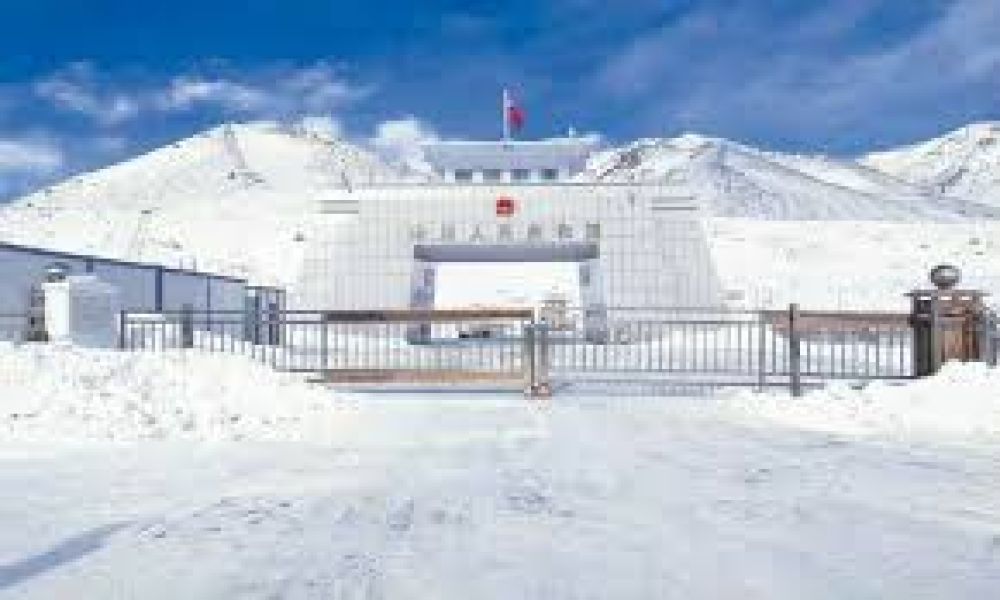Khunjerab Pass, Giljet, Pakistan: A Gateway to High Altitude Wonders
History of Tourism
The Khunjerab Pass, which connects Pakistan's Gilgit-Baltistan region with China's Xinjiang province, has a rich history ingrained in the tales of the ancient Silk Route trade. Nestled at an altitude of 4,693 meters (15,397 ft), it is the highest paved international border crossing in the world and serves as a significant landmark along the Karakoram Highway.
Tourism at Khunjerab Pass began to flourish in the 20th century, especially after the completion of the Karakoram Highway in 1979. The highway was an incredible engineering feat often called the "Eighth Wonder of the World," and it significantly increased accessibility to this remote region, attracting adventure enthusiasts, nature lovers, and culture seekers from all around the globe.
Over the years, Khunjerab Pass has become a popular destination due to its breathtaking scenery, unique wildlife, and cultural significance. The region has experienced a steady rise in tourism as people come to marvel at its majestic mountains, including some of the tallest peaks in the world such as K2.
Latest Tourism Trends
In recent years, sustainable and eco-tourism have gained traction in the region. There has been an increased consciousness about preserving the natural and cultural heritage of the Gilgit-Baltistan region. Initiatives are being taken to ensure the tourism industry benefits local communities and minimizes its impact on the environment.
Wildlife tourism is also gaining popularity, with Khunjerab Pass being home to species such as the snow leopard, Marco Polo sheep, and the Himalayan ibex. The Khunjerab National Park, established in 1975, provides an opportunity for tourists to witness these magnificent creatures in their natural habitat.
Another emerging trend is adventure tourism, where visitors are drawn to the rugged terrain for activities like mountaineering, trekking, and camping under the stars.
Accessibility to Khunjerab Pass has further improved with the ongoing development of infrastructure projects under the China-Pakistan Economic Corridor (CPEC), aimed at enhancing the quality of roads and transportation facilities.
Moreover, the region has seen growth in local businesses, with the establishment of more hotels, guest houses, and eateries catering to international and domestic tourists. Local handicrafts and cultural experiences have also become an integral part of the tourism offering, providing visitors with authentic insights into the lives of the indigenous communities.
Tourism here plays a vital role in the socio-economic development of the Gilgit-Baltistan region. With continued investments in infrastructure, responsible tourism practices, and growing global interest, the future of tourism at Khunjerab Pass looks as promising and enduring as its timeless landscape.

